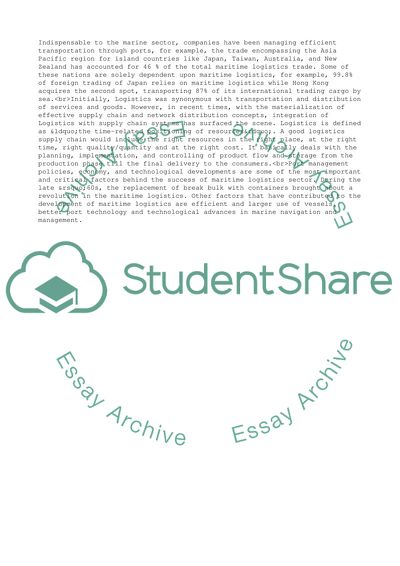Cite this document
(The Management of Business Logistics Research Paper, n.d.)
The Management of Business Logistics Research Paper. Retrieved from https://studentshare.org/management/1741247-maritima-logistics
The Management of Business Logistics Research Paper. Retrieved from https://studentshare.org/management/1741247-maritima-logistics
(The Management of Business Logistics Research Paper)
The Management of Business Logistics Research Paper. https://studentshare.org/management/1741247-maritima-logistics.
The Management of Business Logistics Research Paper. https://studentshare.org/management/1741247-maritima-logistics.
“The Management of Business Logistics Research Paper”, n.d. https://studentshare.org/management/1741247-maritima-logistics.


